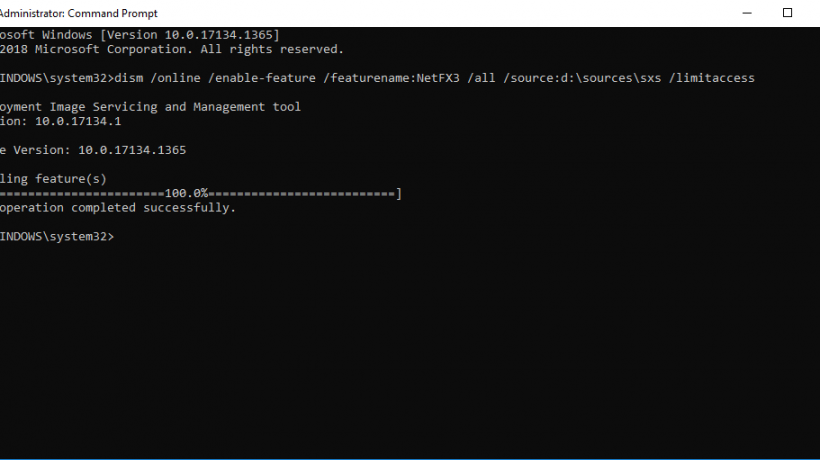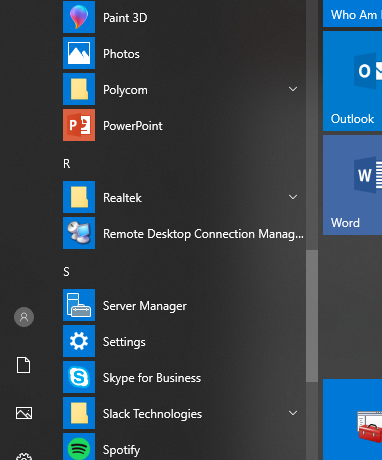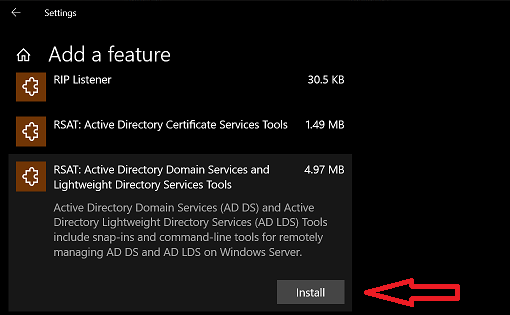More movement in the senior crew at Microsoft, with the President of Microsoft’s Server and Tools Business division (STB), Bob Muglia, leaving this summer. Who will be his replacement is up in the air, but there is speculation that Amitabh Srivastava, from Windows Azure fame, will take his place.

Image Courtesy of D. Begley (Flickr)
From: Steve Ballmer
Sent: Monday, January 10, 2011
To: Microsoft – All Employees
Subject: STB – Building on Success, Moving Forward
We enter this new decade with STB providing the platform for today’s business solutions, and uniquely well-positioned to drive the future of cloud computing. I believe STB will continue to lead the industry with outstanding products and services for our customers and exceptional results for our business.
Thanks,
Steve
There are very few $15B businesses in the software industry, and Microsoft is the only company that has built three of them. While Windows and Office are household words, our Server and Tools Business has quietly and steadily grown to be the unquestioned leader in server computing. We have driven the industry forward and established the foundation for an entire generation of business applications. We have overcome significant competitive challenges. Over the past twenty years, the outstanding leadership from everyone involved in STB has made it a $15B business today.
We are now ready to build on our success and move forward into the era of cloud computing. Once again, Microsoft and our STB team are defining the future of business computing. In October, we completed an incredibly successful PDC where we detailed the future of the cloud, outlining Platform as a Service and demonstrating the rapid advancement of Windows Azure.
The best time to think about change is when you are in a position of strength, and that’s where we are today with STB – leading the server business, successful with our developer tools, and poised to lead the rapidly emerging cloud future. Bob Muglia and I have been talking about the overall business and what is needed to accelerate our growth. In this context, I have decided that now is the time to put new leadership in place for STB. This is simply recognition that all businesses go through cycles and need new and different talent to manage through those cycles. Bob has been a phenomenal partner throughout this process, and he and his leadership team have the right strategy in place.
In conjunction with this leadership change, Bob has decided to leave Microsoft this summer. He will continue to actively run STB as I conduct an internal and external search for the new leader. Bob will onboard the new leader and will also complete additional projects for me.
Bob has been a founder and leader of our server business from its earliest inception. He has led our Developer, Office, and Mobile Devices Divisions, and key parts of Windows NT and our Online Services business. I’ve worked with him in many capacities over the years and I’ve always appreciated his customer focus, technical depth, people leadership skills, and his positive energy. I want to thank Bob for his hard work, many accomplishments, and his focus on putting Microsoft first for 23 years.





